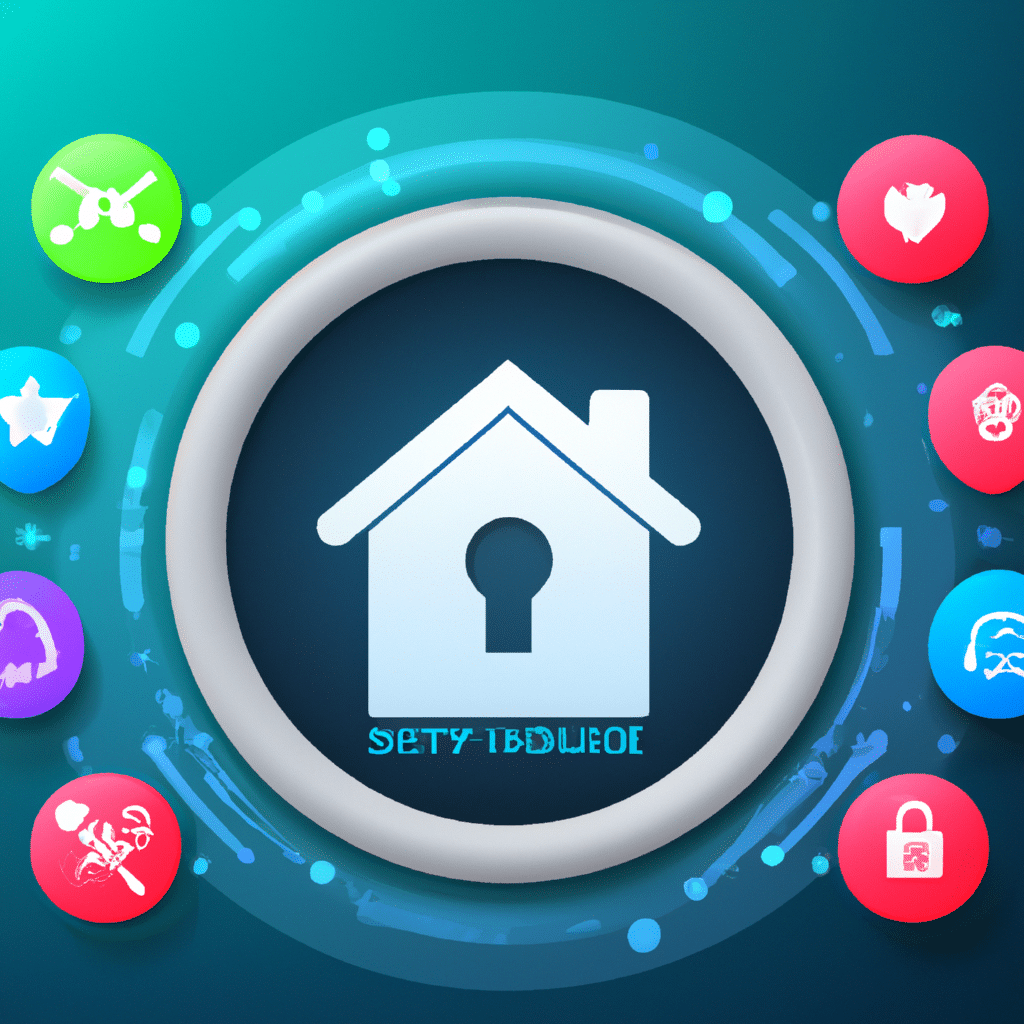In recent years, smart homes have become increasingly popular. They offer convenience and comfort to homeowners, allowing them to control various devices and appliances with ease. However, with this convenience comes a risk: smart homes are vulnerable to cyber attacks. Hackers can gain access to your home network, compromising your personal information and even your physical safety. Therefore, it is crucial to take steps to protect your smart home from hackers. In this article, we will provide you with a comprehensive guide on how to secure your smart home and keep hackers at bay.

Understanding the Risks
Before we dive into the ways to protect your smart home, it’s essential to understand the risks involved. Smart homes are vulnerable to various types of cyber attacks, such as:
1. Password Attacks
The most common way for hackers to gain access to your smart home is through weak passwords. If you use easy-to-guess passwords or reuse the same password across multiple accounts, you are putting your smart home at risk. Hackers can use automated tools to guess your password, and once they have access, they can control your smart devices and steal your personal information.
2. Malware Attacks
Another common type of cyber attack is malware. Malware is malicious software that hackers use to gain access to your network and steal your data. They can install malware on your smart devices through phishing emails or by exploiting vulnerabilities in your devices’ software.
3. Man-in-the-Middle Attacks
A man-in-the-middle attack occurs when a hacker intercepts the communication between your smart devices and the internet. They can then spy on your activity, steal your data, or even manipulate your devices’ behavior.
Securing Your Smart Home
Now that you know the risks involved let’s dive into the ways to secure your smart home.
1. Use Strong Passwords
The first and most crucial step in securing your smart home is to use strong passwords. Avoid using easily guessable passwords like “123456” or “password.” Instead, use a combination of uppercase and lowercase letters, numbers, and special characters. Also, avoid reusing the same password across multiple accounts.
2. Update Your Software Regularly
Smart devices are vulnerable to software vulnerabilities that hackers can exploit. Therefore, it is crucial to keep your devices’ software up-to-date. Manufacturers release software updates regularly that patch security vulnerabilities and add new features. Set up automatic updates so that you don’t have to worry about manually updating each device.
3. Use Two-Factor Authentication
Two-factor authentication adds an extra layer of security to your smart home. It requires you to enter a code or use a biometric factor like a fingerprint or face scan, in addition to your password, to access your devices. This makes it harder for hackers to gain access to your network even if they have your password.
4. Secure Your Wi-Fi Network
Your Wi-Fi network is the gateway to your smart home. Therefore, it is crucial to secure it. Use a strong and unique password for your Wi-Fi network. Also, consider enabling WPA3 encryption, which is the latest and most secure encryption standard.
5. Disable Remote Access
Some smart devices come with remote access enabled, which allows you to control them from anywhere in the world. While this is convenient, it also exposes your devices to cyber attacks. Therefore, it is best to disable remote access unless you need it.
6. Keep Your Personal Information Private
Smart devices collect a lot of personal information about you, such as your location, browsing history, and voice recordings. Therefore, it is crucial to keep this information private. Review your device’s privacy settings and disable any features that you don’t need. Also, avoid using voice assistants to access sensitive information like bank accounts or credit card numbers.
7. Use a Firewall
A firewall is a software or hardware device that blocks unauthorized access to your network. It acts as a barrier between your devices and the internet, preventing hackers from gaining access to your network. Consider using a firewall to secure your smart home.
Conclusion
Smart homes offer convenience and comfort, but they also come with a risk: cyber attacks. Hackers can gain access to your network, compromising your personal information and even your physical safety. Therefore, it is crucial to take steps to secure your smart home. Use strong passwords, update your software regularly, use two-factor authentication, secure your Wi-Fi network, disable remote access, keep your personal information private, and use a firewall. By following these tips, you can protect your smart home from hackers and enjoy the benefits of a safe and secure home.












